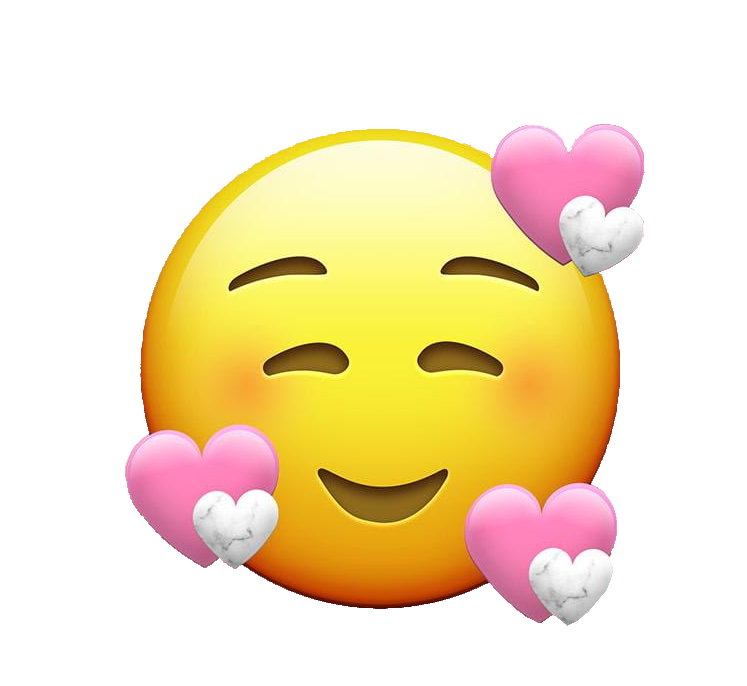




























In the era of digital communication, where brevity and expressiveness are paramount, emojis have emerged as a universal language that transcends linguistic barriers. These small, colorful symbols significantly enhance the emotional and contextual aspects of our online conversations.
The term “emoji” originates from the Japanese words “e” (picture) and “moji” (character). Emojis were first introduced in the late 1990s by Shigetaka Kurita, a Japanese artist who created 176 12×12 pixel images for a mobile internet platform. Initially, emojis gained popularity in Japan and were used primarily in mobile communication. However, with the rise of smartphones and social media platforms, emojis quickly spread globally.
Emojis have evolved beyond simple facial expressions to encompass many symbols representing emotions, activities, objects, and cultural nuances. The Unicode Consortium, a non-profit organization, standardized emojis to ensure consistency across different platforms, allowing users to communicate seamlessly regardless of their device or application.
Emojis are potent tools for enhancing communication by adding a layer of nuance and emotion to text-based conversations. In a digital world where face-to-face interactions are limited, emojis bridge the gap by conveying tone, sentiment, and intent. A simple smiley face can transform a message from neutral to friendly, while a thumbs-up can express approval or agreement.
Furthermore, emojis enable users to convey complex emotions that might be challenging to express in words alone. Whether it’s laughter, sadness, or excitement, emojis provide a visual shorthand for emotions that can be universally understood. This universality is particularly valuable in a globalized world where people from diverse cultures and backgrounds interact regularly.
Emojis have become ingrained in popular culture, influencing digital communication and various media, art, and marketing forms. Brands leverage emojis in advertising campaigns, and social media platforms incorporate them into features such as reactions and stickers. Emojis have even found their way into movies and literature, reflecting their cultural significance.
However, the cultural impact of emojis is not without its challenges. Some argue that reliance on emojis may lead to a simplification of language, potentially hindering the development of robust communication skills. Additionally, the interpretation of emojis can vary, leading to misunderstandings and miscommunications.






Leave a Comment